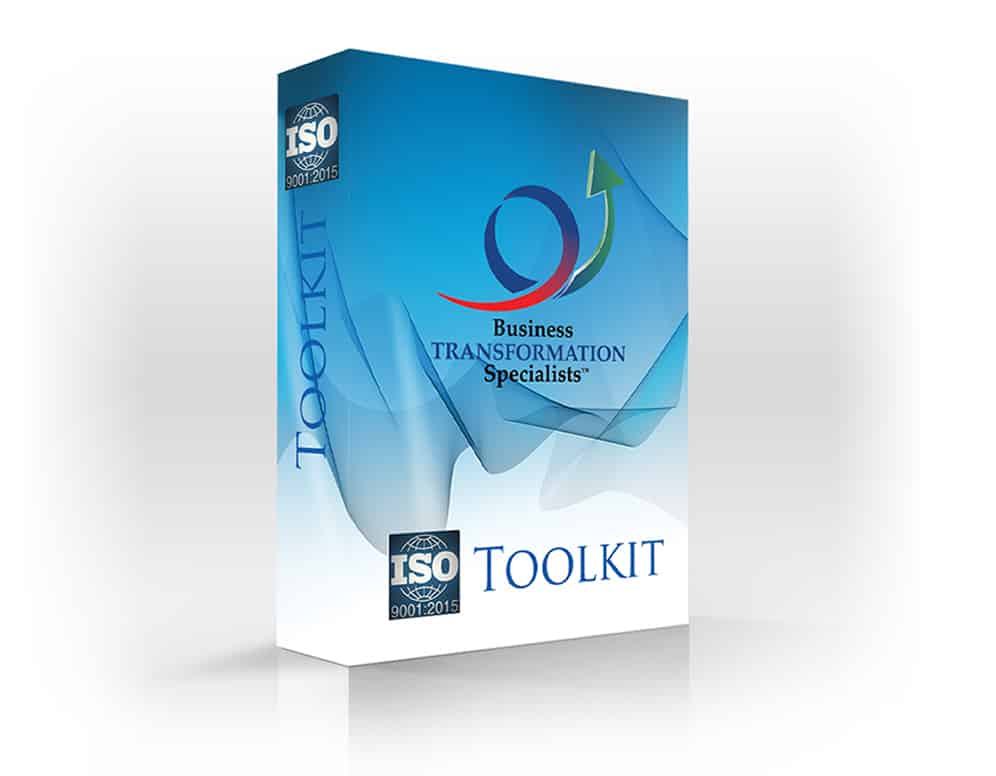ISO:2015 / IATF:2016 TRANSITION – ARE YOU COMPLIANT?
ISO 9001:2015 or IATF 16949:2016 Customizable Premium Documentation Package & Transition Guidance System
- Over 77 Files and 300 Pages (5MB) of Updated Highly Effective Documents to the New ISO 9001:2015 and IATF 16949:2016 Standards
- Includes the updated to new standards and customizable Forms, Formats, Procedures, Processes, Process Maps
- Includes Initial One Hour WebEx / Phone Guidance with an ISO/IATF Specialist
WebEx and Phone Transition and Implementation Guidance Includes:
- Quality System Transition Project Tracker
- Whole Company Employee Quality System Accountability Process
- Employee Actions to Procedures Synchronicity Process
- Closed Loop Guidance, Review and Evaluation of Updated Documents
- Pre-Certification Audit Readiness
- Available in English, Spanish, Portuguese, Deutsch, Dutch, French, Italian, Traditional Chinese Available in 1st Quarter 2018
Sequential Process for Transformation to ISO:9001: 2015 and to IATF 16949: 2016
Contact GEC-Business Transformation Specialists to begin planning for your company’s transition to ISO 9001:2015, you should start by developing a checklist to prepare for the transition gap assessment audit. GEC-Business Transformation Specialists’ Transformation Tool Box has all the tools, documents, guidance and advice you’ll need to ensure successful transformation and transition to obtain your company’s ISO 9001:2015 certificate.
- Purchase and Read the New Standard. Use a Cross Reference Table to Understand How the New ISO 9001:2015 Requirements Fit with Your Current ISO 9001:2008 QMS.
- Download the GEC-Business Transformation Tool Box and contact a GEC-Business Transformation Specialist for guidance, planning, resources, tools and budget.
- Conduct the Gap Assessment Audit
- Develop a Transformation and Transition Team, Project Scope and Project Milestone Open Issues Tracker and Hire a GEC-Business Transformation Specialists as Your Transformation Project Lead
- Ensure the Team Members Have Their Competency Assessed for Assurance Their Skills and Qualifications Match Their Project Tasks and Deliverable Requirements for Gap Closure
- Develop a Firm Weekly Progress Tracking and Reporting Schedule
- Develop and Obtain Budget Approval
- Kick off the Project and Contact Your Registrar to Schedule Your Audit
- Assess, Train and or Retrain the Company Personnel Utilizing GEC-Business Transformation Specialists’ Hands On Training Workshops
- Update Your QMS Level 1,2,3,4 Documentation Using the GEC-Business Transformation Tool Box Documentation
- Perform a Second Gap Analysis Audit and Create an Open Issues Deck for Further Closure
- Schedule and Perform Certification Audit and Obtain Certification.
ISO 9001:2008 and ISO 9001:2015 Comparison
ISO 9001:2008 STRUCTURE
- QUALITY MANAGEMENT SYSTEM
- MANAGEMENT RESPONSIBILITY
- RESOURCE MANAGEMENT
- PRODUCT REALIZATIONS
- MEASUREMENT, ANALYSIS, AND IMPROVEMENT
ISO 9001:2015 STRUCTURE
- CONTEXT OF THE ORGANIZATION
- LEADERSHIP
- PLANNING
- SUPPORT
- OPERATION
- PERFORMANCE EVALUATION
- IMPROVEMENT
ISO 9001:2008 TERMINOLOGY
- PRODUCTS
- EXCLUSIONS
- MANAGEMENT REPRESENTATIVE
- DOCUMENTATION, QUALITY MANUAL, PROCEDURES, WORK INSTRUCTIONS, RECORDS
- MONITORING AND MEASURING EQUIPMENT
- WORK ENVIRONMENT
- PURCHASED PRODUCT
- SUPPLIER
- NONCONFORMING PRODUCT
- CUSTOMER REQUIREMENTS
ISO 9001:2015 TERMINOLOGY
- PRODUCTS AND SERVICES
- APPLICATION
- TERM NOT USED, BUT SAME RESPONSIBILITIES MUST BE ASSIGNED
- DOCUMENTED INFORMATION
- MONITORING AND MEASURING RESOURCES
- ENVIRONMENT FOR THE OPERATION OF PROCESSES
- EXTERNALLY PROVIDED PRODUCTS AND SERVICES
- EXTERNAL PROVIDER
- NONCONFORMING OUTPUT
- CUSTOMER NEEDS AND EXPECTATIONS
SOME NOTABLE CHANGES
- Exclusions are not limited Product Realization (4.3)
- Quality policy and quality objectives must support the context and strategy of the organization (5.1.1; 5.2)
- No longer required to assign a single “management representative” to oversee the QMS (5.1.1)
- Personnel must be aware of implications of not conforming to the QMS requirements (7.3)
- A documented communication plan must be maintained (7.4)
- Contingency planning must be determined with the customer (8.2.1)
- Control of outsourced processes now part of purchasing (8.4)
- Actions to prevent human error must be implemented (8.5.1)
- Post-delivery activities are now specified (8.5.5)
- Release of products and services is detailed (8.6)
REQUIREMENTS THAT HAVE NOT CHANGED
- Establishing the scope of the QMS (4.3)
- Determining sequence and interactions of QMS processes (4.4)
- Determining monitoring, measurements, and resources needed (4.4)
- Continual improvement of QMS and its processes (4.4)
- Top management leadership and involvement (5.1.1)
- Quality policy and objectives (5.1.2; 5.2 ; 6.2)
- Customer focus, customer satisfaction, and meeting statutory and regulatory requirements (5.1.2)
- Determining and providing QMS resources including infrastructure and work environment (7.1)
- Providing resources for monitoring and measuring (7.1.5)
- Ensuring measurement traceability, if required (7.1.5)



